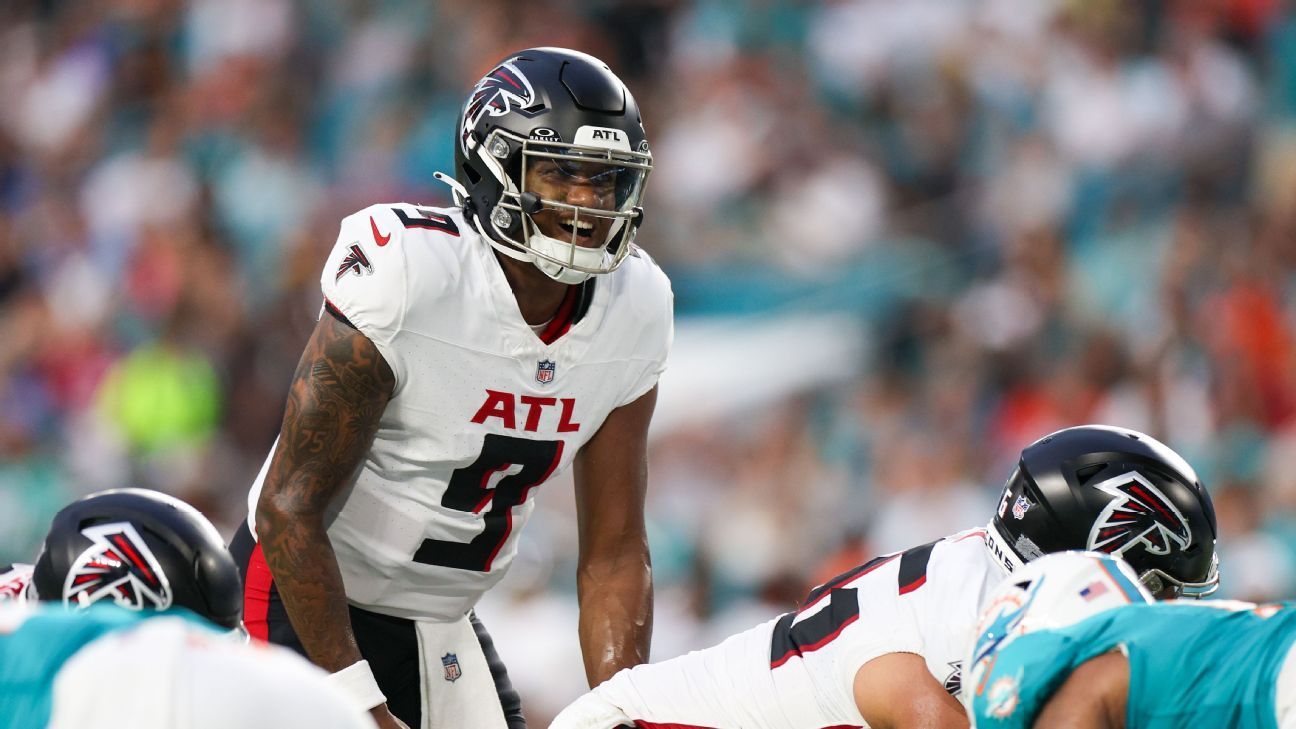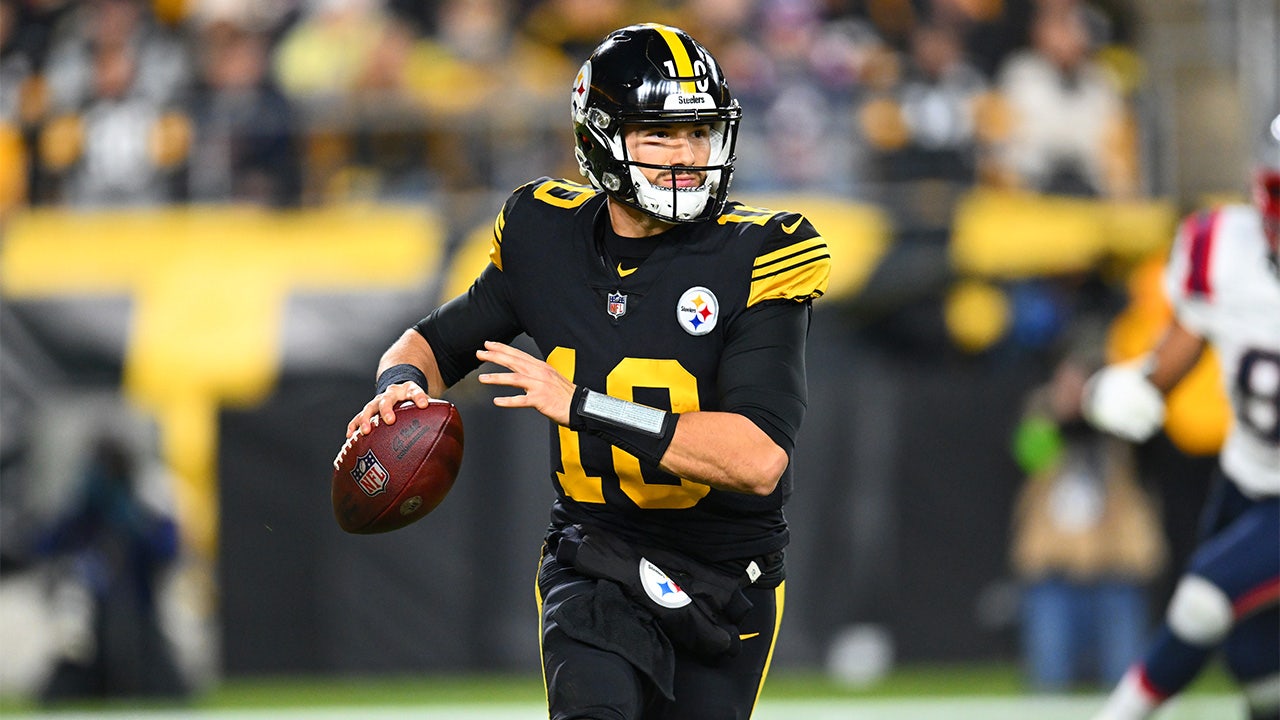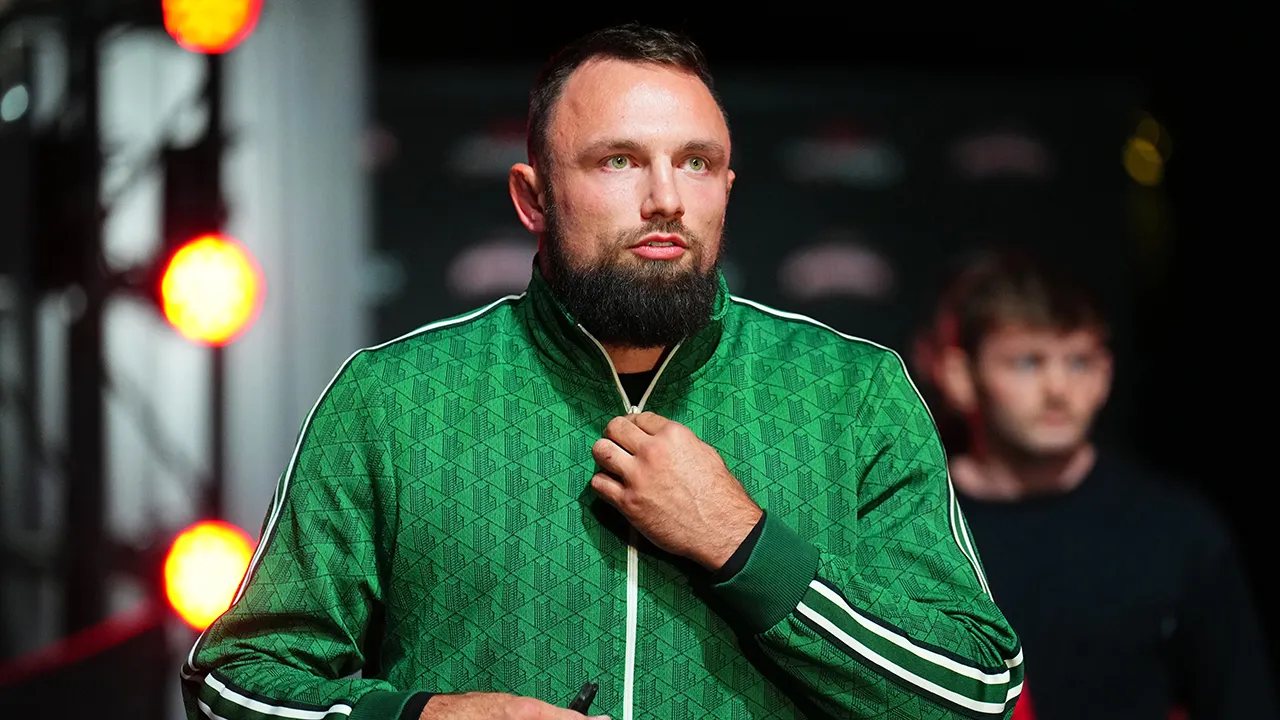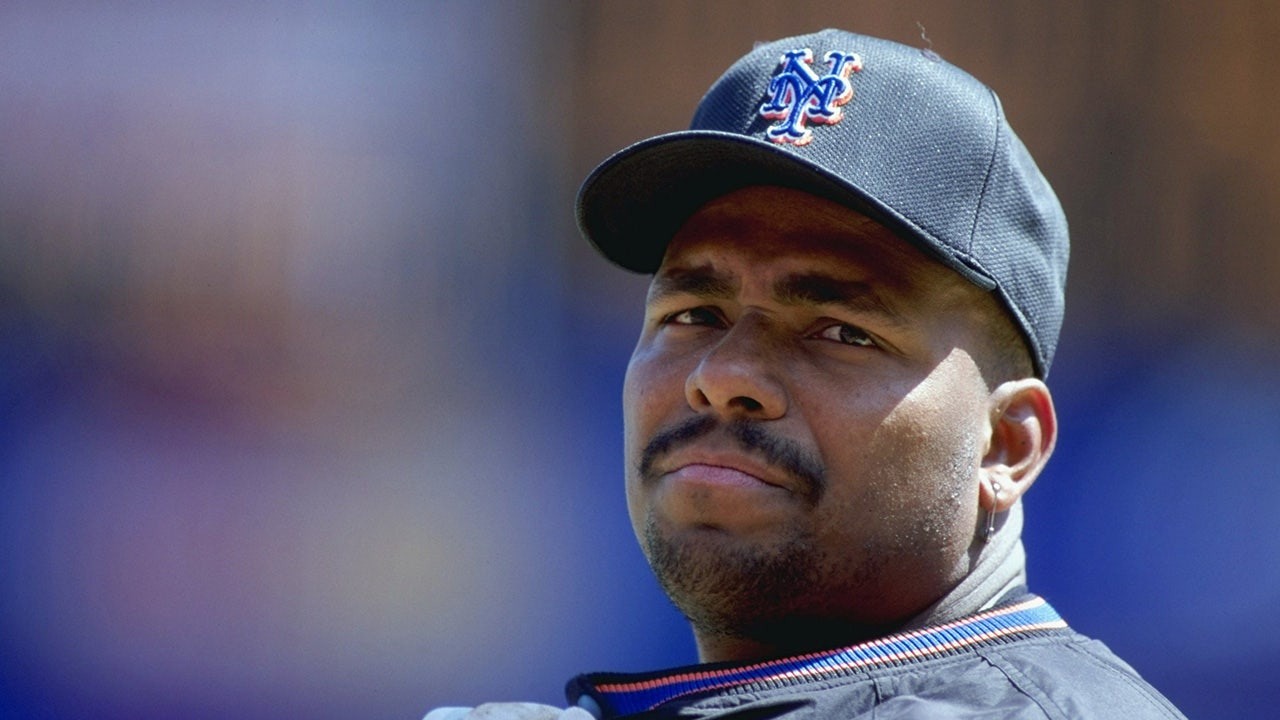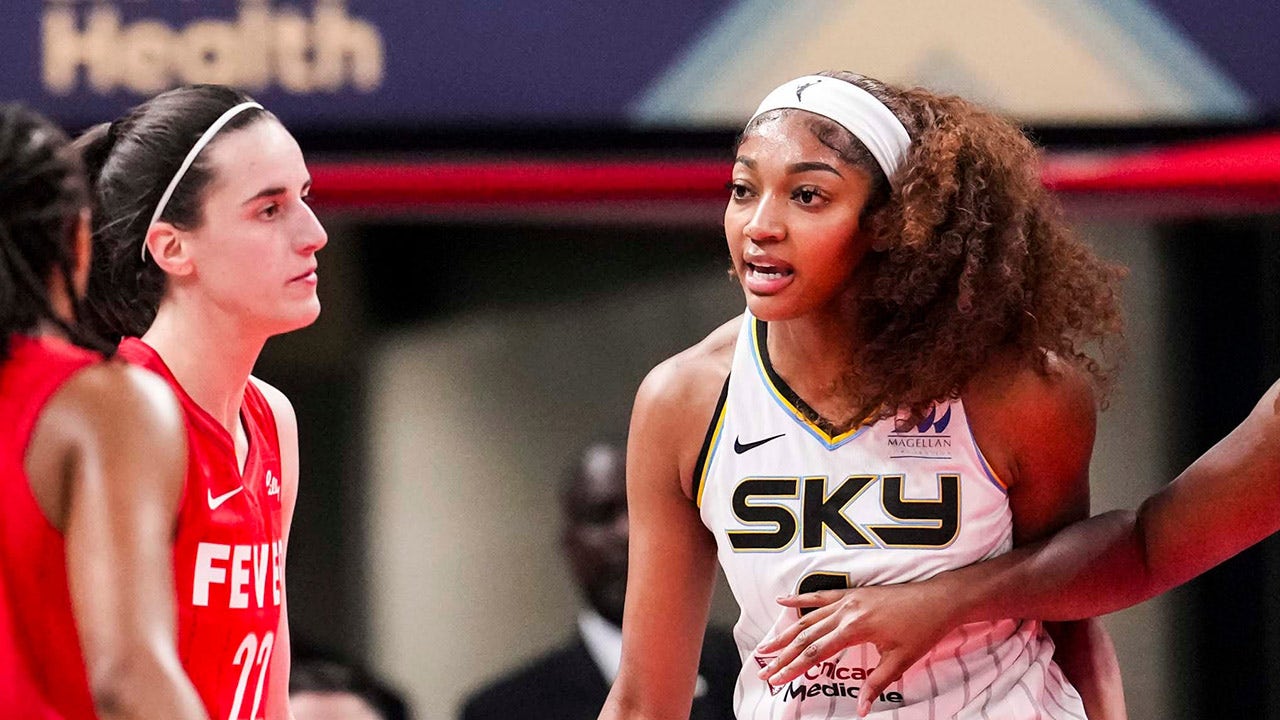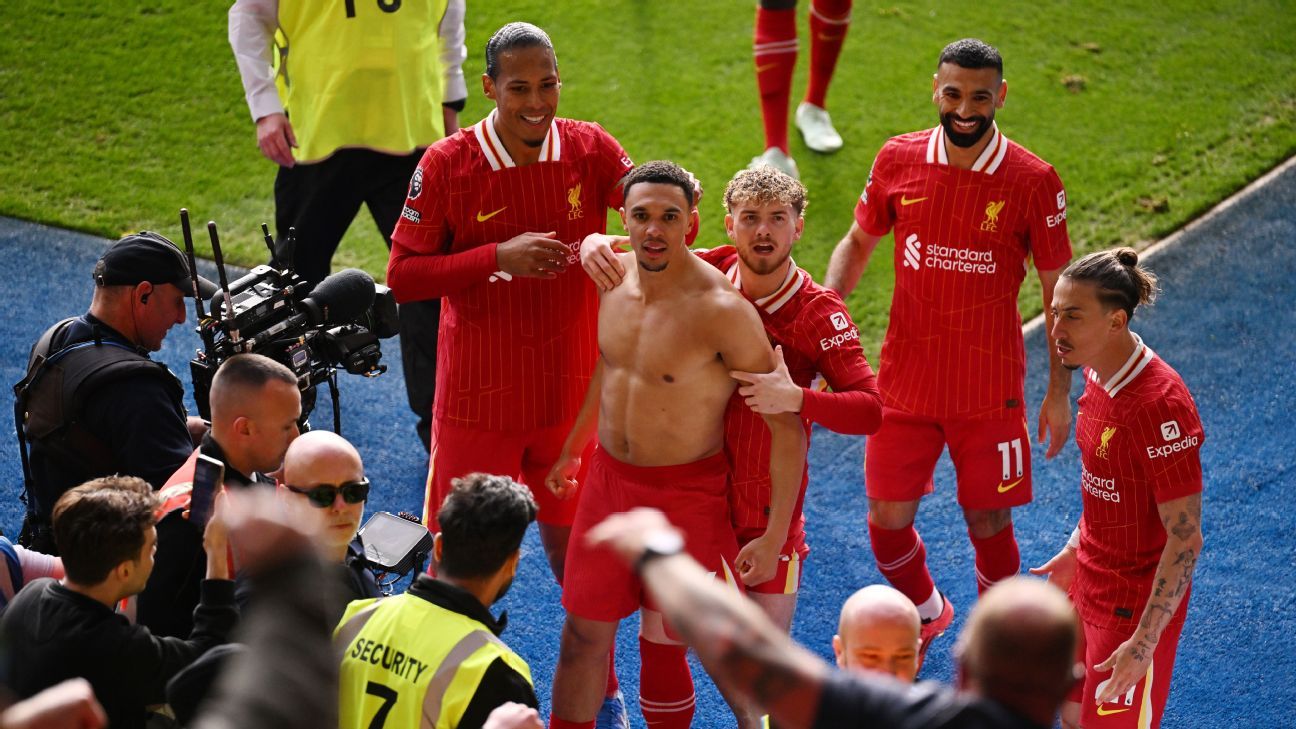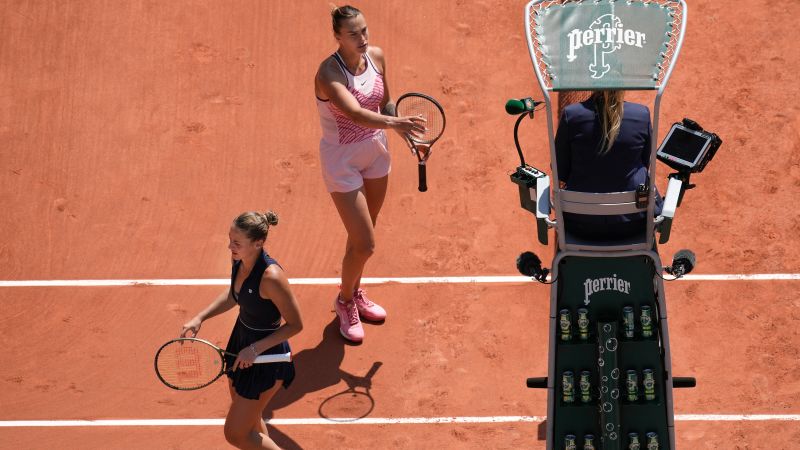Fantasy football may be a casual game for some, but one of the best ways to increase your experience and knowledge of the sport (and with it, your resulting success) is to become familiar with a deeper subsection of the player pool.
For more of a challenge, why not try a 12-team league, a 14-team league, or even a dynasty league? Stepping out of your comfort zone and demanding your say on more than just the 160 players selected in a standard ESPN draft can even increase your success in that shallow format, as it requires you to know In advance Players who will end up being signings during the season in standard leagues. Getting to these players before the competition is essential.
Remember that things change quickly and dramatically in the NFL, even in the first few weeks of the season. By midseason, most successful fantasy teams look different than they did coming out of the draft.
To help you get started digging deeper into the player pool, below is my annual list of “deep sleepers” – players who, by all accounts, won’t (and in many cases won’t) make it. ought No — they're not selected in ESPN's standard 10-team drafts, but they have decent odds of contributing to fantasy teams at some point during the upcoming season. Some of these players may even be useful targets in the later rounds in those 12- and 14-team leagues, as well as in dynasty formats.
Make a note of these names and keep them in mind during the first few weeks. If all goes as planned, any of them could become a key player in your quest for the championship. For example, Puka Nacua was one of the names on last year's list.
First, remember that this is a deep Sleeper player column, meaning you won't even find players I value as late-rounders in standard leagues, like Jaleel McLaughlin, Marvin Mims Jr., and Luke Musgrave. The purpose of this list is to dig even deeper into the player pool, familiarizing you with names you may not know yet, but would certainly like to.
Greg Dortch, WR, Arizona Cardinals: We’ll start with perhaps the most notable name on the list, though that has meant he’s been selected in just 0.5% of ESPN leagues to date. Dortch has had his moments for the Cardinals over the past two seasons, playing at least 75% of their offensive snaps in nine games in that time and averaging 14.5 PPR fantasy points on a 71.3% catch rate in them. Rookie Marvin Harrison Jr. is drawing nearly all of their roster attention in early drafts, but Dortch should figure to be an oft-sought option as a slot receiver or on the outside in three-receiver formations.
Andrei Iosivas, WR, Cincinnati Bengals: Iosivas, a two-sport star at Princeton, had a brief, extended appearance with the Bengals over the final three weeks of 2023, during which time he caught nine passes and scored 28.2 PPR fantasy points while playing 62% of the offensive snaps. He subsequently spent the offseason working out with personal receivers coach Drew Lieberman, who had previously worked with previous breakout candidates Brandon Aiyuk, Evan Engram and Mohamed Sanu. Iosivas is shaping up to be the team’s likely slot receiver following the offseason departure of Tyler Boyd. Considering the team’s top two receivers, Ja’Marr Chase and Tee Higgins, have missed a combined 15 games over the past three seasons, Iosivas should see a huge increase in opportunities on what is likely one of the top-scoring offenses in the NFL.
Bo Melton, WR, Green Bay Packers: After spending most of last season between the practice squad and the regular roster, Melton broke out with 105 yards and 22.5 points in Week 17. That earned him a spot on the team’s divisional-round playoff roster as well as a chance to compete for a more prominent role this year. He’s a speedy receiver who draws praise for his work ethic — good traits for a player who, despite his fifth-string status on the depth chart, is nonetheless part of an up-and-coming offense that likes to rely on the hot hand at the position.
Keaton Mitchell, running back, Baltimore Ravens: His rookie campaign might have ended prematurely because of a torn ACL in Week 15 — an injury that threatens to keep him on the disabled list until September of this season — but once healthy, he could quickly emerge as the primary backup to Derrick Henry thanks to his explosive speed. Mitchell converted 26 percent of his rushing attempts into gains of at least 10 yards, and he averaged 4.3 yards above expected per attempt, both league-best rates among players with at least as many as his 47 attempts. While players recovering from such surgery often aren’t at their best until their second season back, and Mitchell is unlikely to see game action before October, he’s also one of the highest-upside running backs on a run-oriented team that lacks competition at the position.
Colby Parkinson, TE, Los Angeles Rams: The Rams surprised many by signing the 25-year-old with 57 career catches to a three-year deal that included $15.5 million guaranteed, but they apparently saw something in his performance with the Seattle Seahawks. Among Parkinson’s 50 receptions over the past two seasons, 10 were for 20-plus yards and he averaged 7.3 yards deep on target. The Rams appear committed to utilizing multi-TE formations more frequently this season, a strategy that makes sense at least in the early stages of the year as Tyler Higbee returns to full strength following ACL and MCL injuries in January.
Michael Penix Jr., Atlanta Falcons quarterback: Though he was a bit of an odd pick on draft day, Penix’s arrival in Atlanta gives the team an intriguing, well-proven prospect should Kirk Cousins miss some additional time as a 36-year-old recovering from surgery for a torn Achilles tendon. Penix played 48 games in six college seasons between Indiana and Washington, and in two years at the latter, he totaled 67 touchdowns while being sacked on just 1.4% of his back-of-the-pack passes and 5.5% of the time when under pressure — both top-four numbers. He’s unlikely to see a single snap except in late-game blowouts or barring further injuries to Cousins, but he’s one of the more interesting backups to keep. The Falcons, after all, have a strong receiving game between Drake London, Kyle Pitts, Darnell Mooney, Bijan Robinson and Ray-Ray McCloud III.
Bryce Young, quarterback, Carolina Panthers: His rookie season was one of the worst. any quarterback this century. His 33.4 QBR ranked sixth among quarterbacks who started at least 15 games (only Mark Sanchez's in 2012, JaMarcus Russell's in 2008, Matt Cassel's in 2009, DeShone Kizer's in 2017, and Sanchez's in 2009 were worse). However, the Panthers did their best to improve some of the roster flaws that contributed to Young's struggles, including adding Diontae Johnson and Xavier Legette to their receiver room, strengthening their offensive line with the signings of Robert Hunt and Damien Lewis, and hiring head coach Dave Canales, under whom Geno Smith and Baker Mayfield enjoyed breakout seasons in 2022 and 2023. Young has a batch To prove it. He also has a lot of work to do in his career. Many successful quarterbacks have had ugly rookie campaigns, but Young at least has more ingredients lined up this season to help get his career on track. He's certainly someone to keep an eye on this preseason and in September.
Tyrone Tracy Jr., RB, New York Giants: A converted wide receiver who surprised with his results at the NFL combine, Tracy has a clear path to a significant role for a Giants team that will lean heavily on its running backs in the passing game. Devin Singletary’s three-year contract that guarantees $9.5 million gives him the appearance of being the team’s clear-cut three-down back, but keep in mind that Singletary’s 0.27 PPR fantasy points per touch over his five-year NFL career ranks him dead last (among those with at least 500 touches from 2019-2023). Tracy had advanced his career to begin 2024 as Singletary’s primary backup — until an ankle injury in mid-August. Now it appears he’ll have to wait a bit longer before becoming a potentially useful piece in PPR formats.
Kimani Vidal, RB, Los Angeles Chargers: A sixth-round rookie who scored 14 touchdowns and led FBS running backs with 47 carries of 10 yards or more for Troy last season, Vidal began training camp ranked third on the depth chart for a Chargers team that figures to be one of the most run-heavy under new offensive coordinator Greg Roman. Keep in mind that the team’s top two running backs, Gus Edwards and J.K. Dobbins, missed a combined 33 games due to injuries over the past two seasons, and Roman, on Baltimore Ravens teams that featured Edwards and Dobbins, squeezed 331 carries out of the other running backs on his roster in those seasons. Vidal brings a physical element that this Chargers team will need, as 60% of his rushing yards last season came after contact, and he finished fourth in forced missed tackles (84). He's an ideal speculative pick in any league bigger than ESPN's standard.

